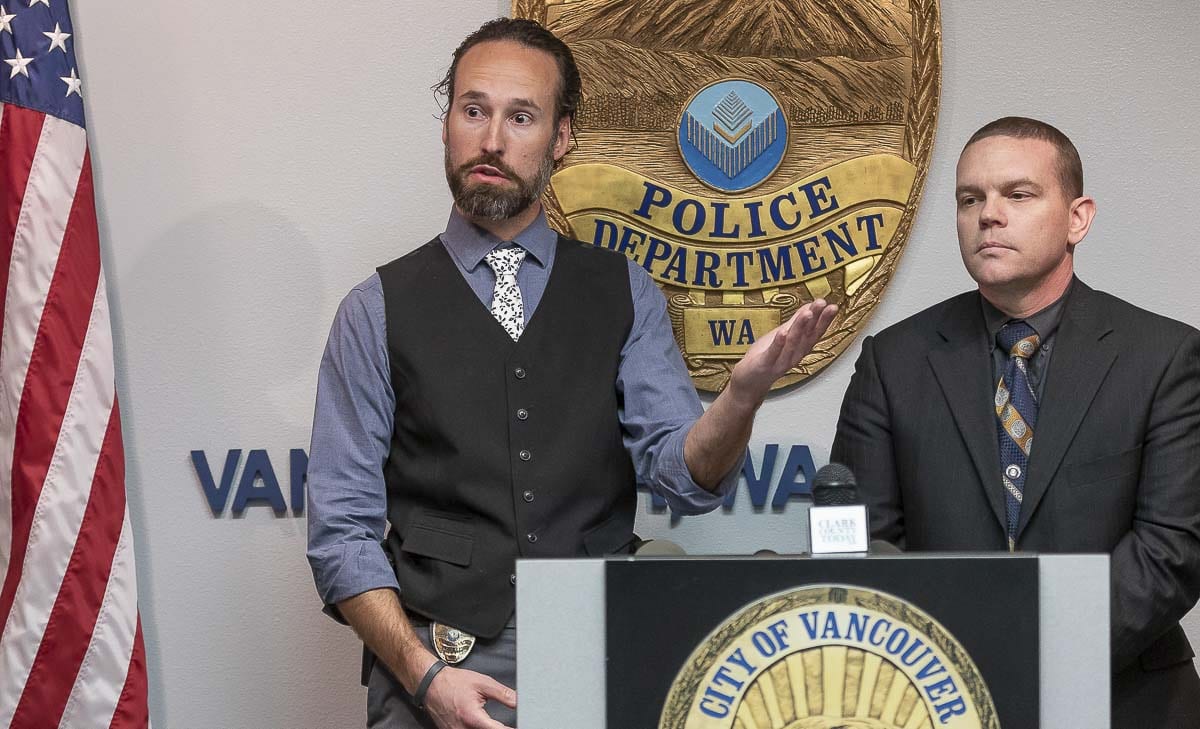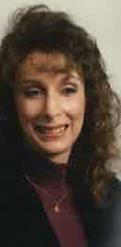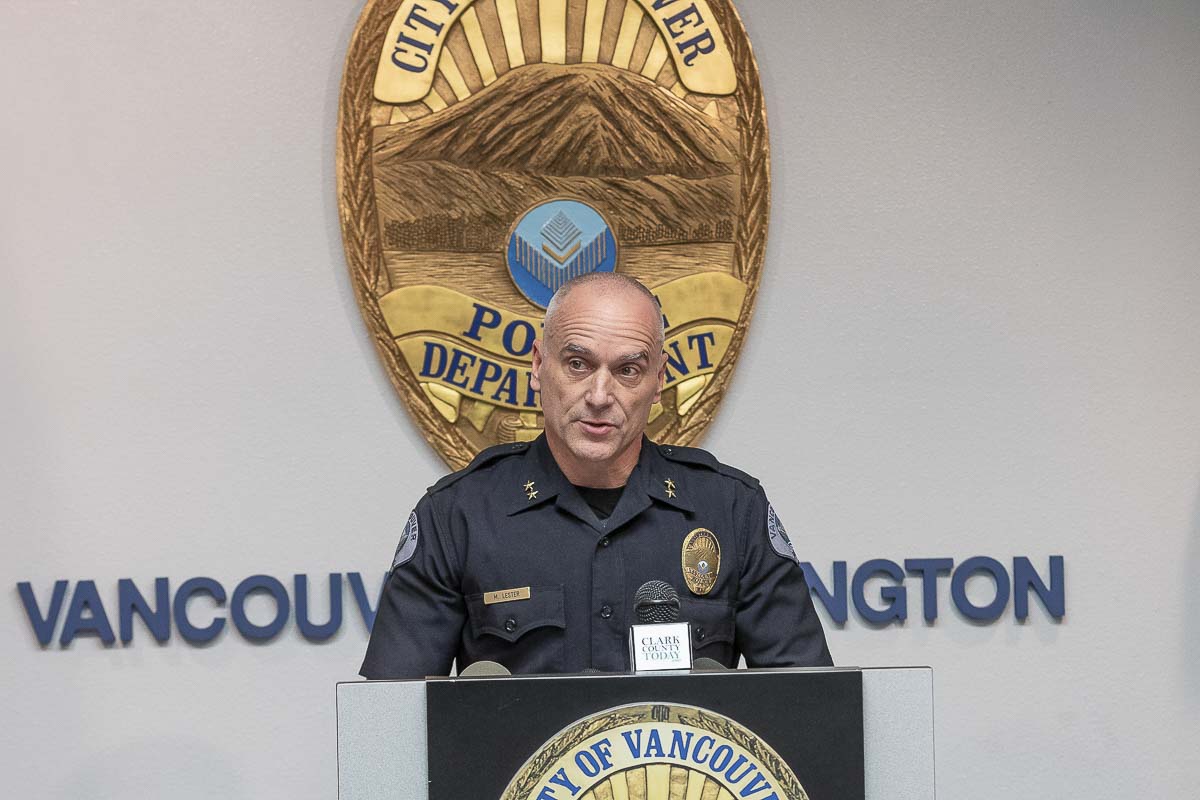VANCOUVER — Vancouver Police announced on Tuesday afternoon that they have made an arrest in connection with a 25-year old murder investigation. 26-year-old Audrey Hoellein (Frasier) was found in her East Fourth Plain apartment on July 17, 1994, brutally raped and murdered.
Vancouver Police Detectives said new technology allowed them to link DNA from a cigarette discarded by their main suspect to what was found at the scene. 57-year-old Richard E. Knapp of Fairview, Oregon was arrested in Fairview during a traffic stop. He is currently in the Clark County Jail on rape and murder charges, with an initial court date of May 1.
UPDATE:

On Sunday, April 28, 2019, Vancouver Police Detectives arrested Richard E. Knapp, 57, of Fairview, OR in connection to the murder and rape of Hoellein in 1994.

Probable cause for the arrest of Knapp was developed by detectives and the county prosecutor’s office through state-of-the-art genetic genealogy using 25-year-old DNA collected at the time of the crime.
Using DNA collected from a cigarette butt discarded by the suspect earlier this year, detectives were able to work with a third party company and establish a match to 1994 crime scene DNA.
The 1994 DNA was logged in the Combined DNA Index System, (CODIS), as is common across many unsolved investigations. With the help of Parabon NanoLabs in Virginia, detectives at VPD were able to confirm a match between Knapp’s DNA collected in 2019 and the logged DNA collected in 1994.
“I’ve been in contact with the family,” said Vancouver Detective, Dustin Goudschaal. “I can’t tell you enough how happy they are that the case is still being actively worked, that an arrest has been made.”
Hoellein was survived by her then 5-year-old son, her two brothers, mother, and father, who are all still alive.
The family of Hoellein issued a statement through Vancouver Police:
“This crime not only took away a sister from her two brothers, it left a mother and father without a daughter, and a young child without a mother. Since then the family has grown with nephews that will never meet their aunt, and a grandchild that can only see grandma in pictures, only knowing her from shared memories.

“We as a family are grateful for the many detectives that have worked on this case. But, we are extremely grateful for detectives Dustin Goudschaal and Neil Martin. The loss of a loved one is something very tragic for a family. When this loss was at the hands of someone else, the grief is impossible to bare. Many losses have closure at the funeral; in this case the funeral wasn’t enough. Our family was left with so many unknowns, the biggest of these being who did this awful crime. As this case is starting to unfold after almost 25 years, the wound is being re-opened, and our family is experiencing the pain all over again. But, Thanks to detectives Dustin Goudschaal and Neil Martin our family may finally have the opportunity to find closure to our biggest unknown. We hope that the use of this technology can be used to bring closure to more families across the nation”.
Family member DNA helped track down Knapp

The initial suspicion of Knapp in connection to Hoellein murder came from a unique place; a genealogy report.
One of Knapp’s family members had submitted their DNA for an ancestral discovery program, similar to Ancestry.com. The DNA sample was flagged in connection to the crime as it matched the logged 1994 DNA.
Knapp’s family member then referred detectives to the Fairview man. After much surveillance of Knapp a direct DNA match with additional corroborating evidence was confirmed and continues to be investigated.
“The biggest challenge was trying to navigate and figure out how to take the evidence from a government lab, and get it sent over in a workable format to Parabon,” said Vancouver Detective Neil Martin. “You talk about genetics and DNA, a lot of that’s really kind of greek to us. It was the learning process of going through some of that.”
At this point, it appears the victim did not know Knapp, or have any prior interaction with him, said Detective Martin.
“Unfortunately, information is a little bit harder to come by, 25 years later,” he said.




